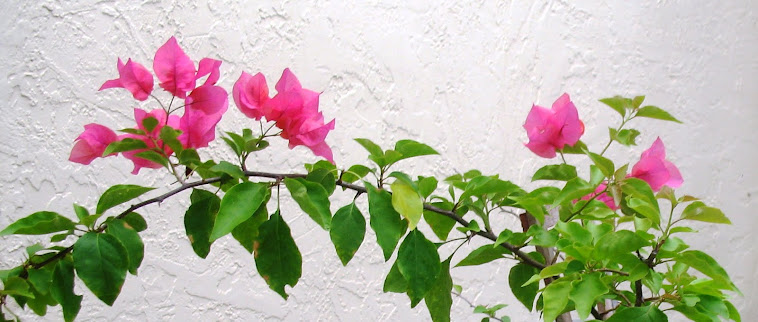 A photo of last night’s high jinks. The culprit, the offender, the criminal, the guilty party, the perpetrator, the wrongdoer, AKA he is YOUR dog – Thaddeus, in the upper right side of the photo camouflaged against the dark chair. The white mess in the middle of Jim’s clothing is the toilet paper roll from the bathroom. The clothes he pulled out of the hamper and the shoes he took off the shoetree. The puppy had quite a bit to choose from and still managed to pull tee shirts, shorts, and shoes that actually went together - maybe Thaddeus should pick out Jim’s wardrobe every morning.
A photo of last night’s high jinks. The culprit, the offender, the criminal, the guilty party, the perpetrator, the wrongdoer, AKA he is YOUR dog – Thaddeus, in the upper right side of the photo camouflaged against the dark chair. The white mess in the middle of Jim’s clothing is the toilet paper roll from the bathroom. The clothes he pulled out of the hamper and the shoes he took off the shoetree. The puppy had quite a bit to choose from and still managed to pull tee shirts, shorts, and shoes that actually went together - maybe Thaddeus should pick out Jim’s wardrobe every morning.I love handwork. I enjoy feeling the fabric in my hands and draped against me as I stitch. I have been hand appliquéing for well over 10 years – almost as long as I have been quilting. I do a fair amount of hand piecing and have been known to attach binding completely by hand. Nevertheless, I am on a quest for the perfect machine appliqué technique. Why you ask? Speed and guilt I answer. I feel the need to justify the expense of the new sewing machine (guilt – must do more on machine) and as I approach the big five oh (50) I am realizing I will never make a dent in the list of projects I MUST complete in my lifetime if I continue to only work by hand. Another thing stopping me is a the little voice in the back of my brain that whispers “pssst….real appliquérs stitch my hand, by hand is always better than by machine, by hand is always more important, machine work is cheating, …”
I heard the little voice when the topic was hand versus machine quilting. Guess what, the little voice is full of feces. Just because it is by hand does not make it better. I hand quilt perfectly fine. I have won ribbons for hand quilting.
For me, hand quilting is easier than machine quilting. I have seen beautifully hand appliquéd quilts fade into mediocrity because even though hand quilted the quilting design did not complement or enhance the artistic vision of the quilt. Hand quilted pieces have bowled me over – but not because they were hand quilted – but because the quilting design truly enhanced the finished piece. It is like good acting – you forget it is an actor on stage and believe the character is real. I forget its fabric, batting, thread, a specific technique, etc. It is simply a beautiful object that has stopped me in my tracks.
 To my artistic eye, rarely does hand quilting rival machine quilting in creating texture, dimension, and sculptural effects. If those are the effects you wish to create then machine quilting is the path to follow.
To my artistic eye, rarely does hand quilting rival machine quilting in creating texture, dimension, and sculptural effects. If those are the effects you wish to create then machine quilting is the path to follow. Several visits to the National Quilt Museum in Paducah, Kentucky http://www.quiltmuseum.org/ have helped quiet the little voice when it comes to machine appliqué. Sue Nickels and Pat Holly’s quilts are machine appliquéd masterpieces. Now the only thing holding me back is finding the perfect technique.
The perfect machine appliqué technique…
- Is first and foremost enjoyable!
- DOES NOT feel like a kindergarten art class – glue, sticks, water, pipe cleaners, paste, yuck! Nothing that gets my hands dirty!
- Feels like sewing and not crafting.
- Creates a beautiful edge – I would prefer a turned under edge but a beautifully stitched raw edge will do in a pinch.
- Uses a minimum of adhesives.
- Feels soft like hand appliqué – no brittle plastic feeling thread along the edges or extra layers of interfacing.
- Ultimately is faster than hand appliqué.
The adventure begins…I will keep you all posted!
Best Stitches,
Mercy in Miami
aka The Savage Quilter
















